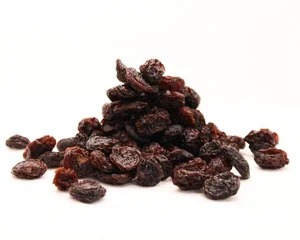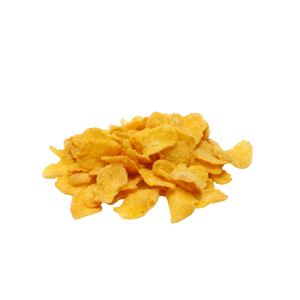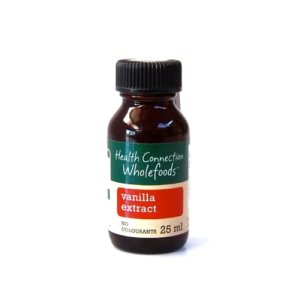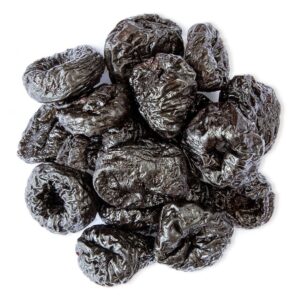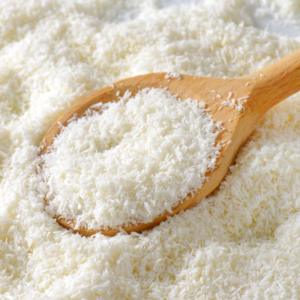Description
White baking chocolate, while distinct from dark or milk chocolate, offers its own unique benefits in both culinary and sensory contexts. Here’s a summary of its advantages:
Culinary Benefits:
- Creamy Texture: White baking chocolate has a smooth, rich texture due to its cocoa butter content, making it ideal for melting, drizzling, or incorporating into desserts.
- Sweet Flavor: Its sweet, vanilla-like flavor complements a wide range of desserts, such as cookies, cakes, and mousses, and pairs well with fruits, nuts, and spices.
- Versatility: It can be used in both baking and confectionery, adding a luxurious touch to frostings, ganaches, and truffles.
- Color Contrast: Its ivory hue provides a striking visual contrast in desserts, making it popular for decorative purposes and layered treats.
Sensory Benefits:
- Mild Taste: Unlike dark chocolate, white chocolate lacks cocoa solids, giving it a milder, less bitter flavor that appeals to those who prefer sweeter options.
- Aesthetic Appeal: Its creamy color and glossy finish make it visually appealing in desserts, enhancing presentation.
Practical Benefits:
- Easy to Melt: White baking chocolate melts smoothly, making it ideal for dipping, coating, or creating decorative designs.
- Long Shelf Life: Like other baking chocolates, it has a relatively long shelf life when stored properly.
Considerations:
- Nutritional Profile: White baking chocolate contains cocoa butter, sugar, and milk solids but lacks the antioxidants found in dark chocolate. It is higher in sugar and fat, so moderation is key.
- Dietary Restrictions: It is not suitable for those avoiding dairy or following a vegan diet, as it typically contains milk solids.
In summary, white baking chocolate is a versatile, sweet, and visually appealing ingredient that adds richness and elegance to desserts, though it should be enjoyed in moderation due to its higher sugar and fat content.


